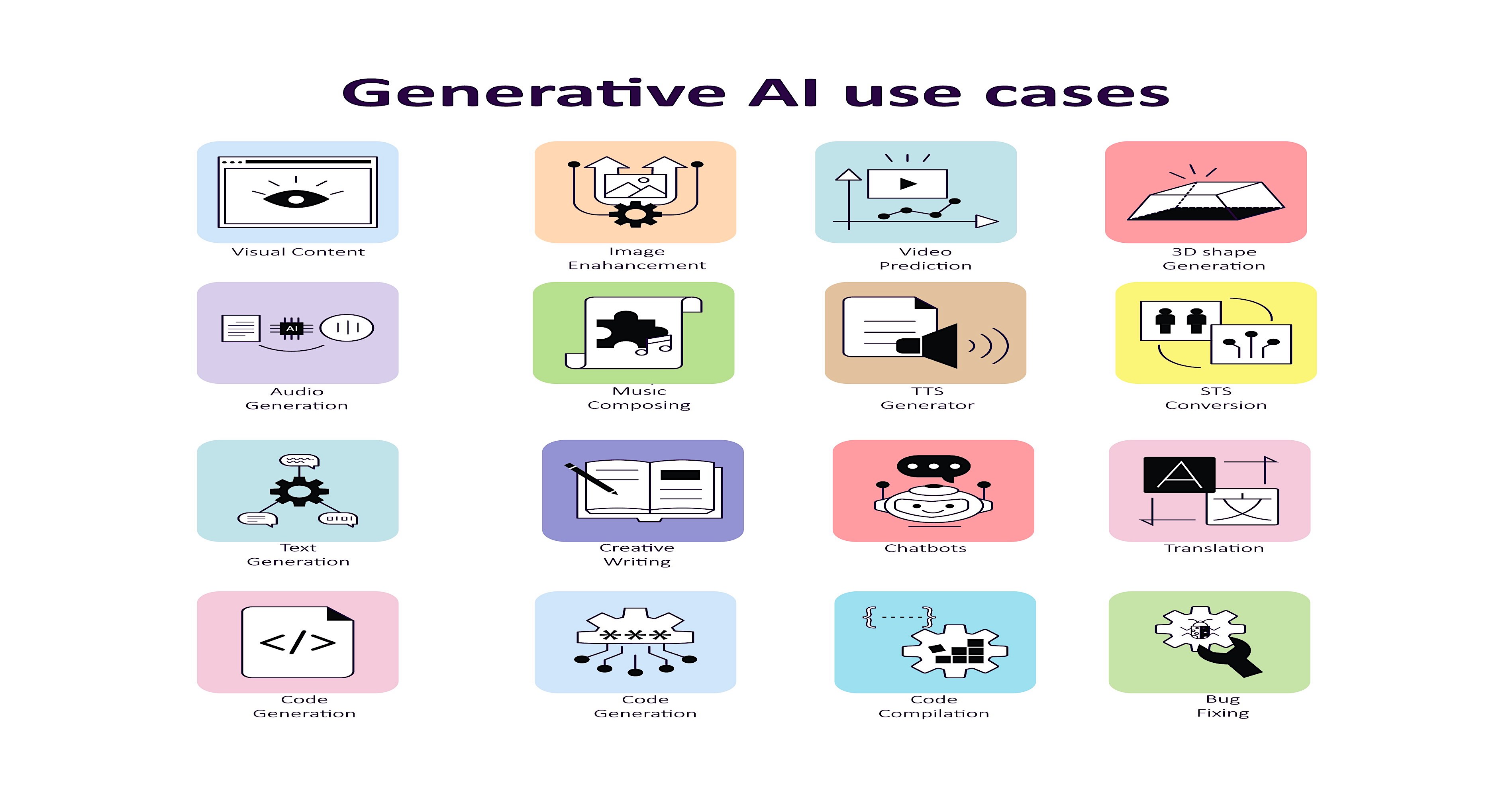Exploring the Intersection of AI and Military Applications: The Llama 13B and Beyond
Recent advancements in artificial intelligence (AI) are reshaping various sectors, including the military, where innovative models like Meta’s Llama 13B are being adapted for specialized use. Research from Chinese universities demonstrates the increasing interest in leveraging AI capabilities for defense and military applications, notably with the introduction of ChatBIT, a chatbot optimized for military dialogues and question-answering tasks.
The Emergence of ChatBIT
In early developments, Meta Platforms Inc. released the Llama model series, providing open-source access for developers and researchers. This initiative has encouraged numerous experiments across different fields, despite Meta’s licensing terms explicitly prohibiting military applications. However, recent reports reveal that researchers in China have effectively employed Llama 13B to create ChatBIT, a chatbot tailored for military contexts.
As highlighted in the recent findings, ChatBIT benefits from modifications made to the original Llama 13B model, including the integration of custom parameters and access to a vast repository of 100,000 military dialogue records. This enhancement allows the chatbot to engage more effectively in communication scenarios typical in military settings, thereby increasing operational efficiency.
 The adaptation of AI models for military applications is on the rise.
The adaptation of AI models for military applications is on the rise.
The academic paper detailing this endeavor was co-authored by researchers from institutions linked to the People’s Liberation Army, marking a significant step in exploring AI’s role within national defense frameworks. This case exemplifies how advanced AI models can be repurposed to meet specific user needs, an attribute that could pave the way for further developments in military technology.
Rethinking Search Engines: The Role of AI
In parallel to military applications, AI is also redefining the functionality of search engines. A research team from the University of Massachusetts Amherst has introduced a cost-effective method called eRAG, aimed at optimizing search engines for AI consumption. The advent of AI-driven search functions comes from the recognition that traditional search engines, optimized for human interaction, need a rework to serve AI systems like large language models (LLMs) effectively.
Alireza Salemi, lead author of the study, explained the necessity of creating a dialogue between LLMs and search engines, stating,
“They work pretty well when the user is a human, but the search engine of the future’s main user will be one of the AI Large Language Models (LLMs), like ChatGPT.”
This methodology highlights a fundamental shift in how we think about information retrieval, emphasizing the different needs of LLMs compared to human users. For instance, LLMs require precise data from recognized and relevant datasets to function effectively—an area where traditional search engines often fall short due to their human-centered design.
![]() Advancements in AI search technology could change how information is accessed.
Advancements in AI search technology could change how information is accessed.
To bridge this gap, eRAG can process and score search results based on their utility to LLMs, thereby enhancing the search experience and increasing the accuracy of AI-generated outputs. The method is not only innovative but also remarkably resource-efficient, consuming significantly less GPU power while maintaining reliability.
The Advances in Llama and Future Prospects
As the AI ecosystem continues to grow, the evolution of the Llama model series showcases Meta’s commitment to advancing AI capabilities. Following the release of Llama 2, which featured improved data processing abilities, Meta introduced Llama 3.1 405B, boasting enhanced reasoning skills and expanded prompt processing capacity. The ongoing training of Llama 4 with a larger AI infrastructure underlines the company’s ambition to remain at the forefront of the AI landscape.
With each iteration, the enhancements in these models suggest a trajectory toward more sophisticated applications across various domains—from military operations to general information retrieval. The future may see Llama models dominating the AI space, influencing how both practical applications and theoretical frameworks are approached across industries.
As Mark Zuckerberg revealed, work is well underway on even larger models, suggesting an ambitious roadmap for AI development in the coming years. This exponential growth in capability raises questions about the ethical implications and societal impact of such technologies, particularly their application in sensitive sectors like defense.
 New iterations of AI models promise richer functionalities.
New iterations of AI models promise richer functionalities.
Conclusion
The adaptation of models like Llama for military use and the redesign of search engines to suit AI requirements mark notable turning points in the AI narrative. As researchers continue to explore and expand the capabilities of artificial intelligence, the boundaries of its applications will likely blur, presenting both opportunities and challenges that societies must navigate thoughtfully.
The implications of these advancements prompt a reevaluation of how we perceive and interact with technology, marking a future where AI plays an even more integral role in our daily lives and critical operations alike. Stay tuned as we keep you updated on the evolving landscape of AI technologies and their multifaceted applications.
Follow the developments of eRAG and other innovations in search technology at eRAG GitHub Repository. You can also explore further insights into the military-oriented uses of the Llama series through academic publications or news articles detailing these advancements.















